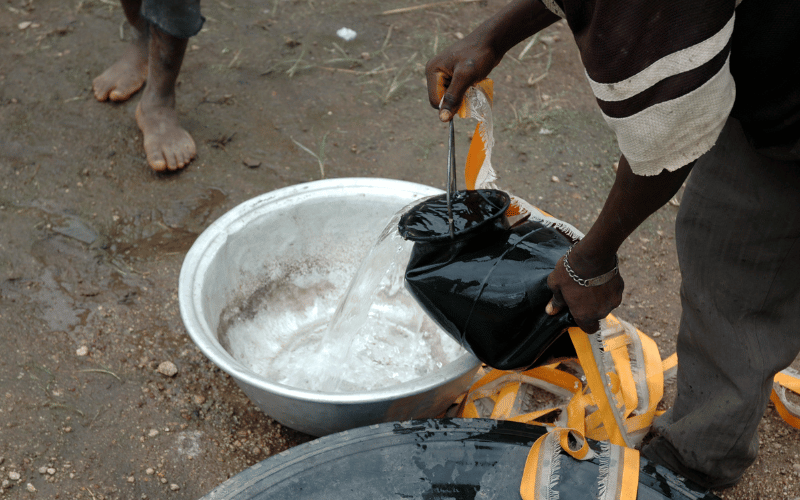Introduction: Understanding the Gravitas of Dysentery
Dysentery, commonly referred to as the ‘bloody flux’, has haunted humanity for centuries, causing distress and, at times, devastating outbreaks. For many, it remains a distant medical term, with its true implications and causes not wholly understood. Yet, knowing its major culprits is pivotal, especially in an age where global travel and trade can facilitate the spread of diseases with unprecedented speed.

While the symptoms are hard to ignore, from severe diarrhea to stomach cramps, it’s the underlying causes that require keen attention. Through this piece, we aim to dive deep, shattering myths and unveiling the truth behind what triggers this debilitating condition. By understanding the causes, individuals can make informed decisions, potentially safeguarding themselves and their loved ones from falling prey to this ailment.
Often, the environment we inhabit, the water we consume, and the general hygiene practices we adopt play crucial roles in determining our susceptibility to dysentery. However, it’s not just about personal habits; broader societal factors, including community sanitation and public health measures, equally weigh in. Unearthing these causes is more than an academic endeavor—it’s a practical guide to better health.
The world has seen vast advancements in medicine and healthcare, but certain ailments, like dysentery, still remain relevant, primarily because of their root causes. As you navigate this article, we invite you to engage with an open mind, challenge preconceived notions, and grasp the nuances of the factors leading to dysentery. Remember, knowledge is not just power; it’s the first step towards prevention and better overall health.
1. Contaminated Water and Food: A Silent Carrier of Dysentery

The intimate relationship between what we consume and our overall health is undeniable. One of the most frequent culprits behind dysentery outbreaks is contaminated water and food. It’s quite chilling to think about how a simple glass of water or a bite from your favorite meal can be the starting point of such a debilitating condition.
Microorganisms like Shigella and certain strains of E. coli, often found in polluted water sources or poorly cooked food, are responsible for bacterial dysentery. The mere presence of these bacteria doesn’t spell disaster; it’s their growth and multiplication that wreak havoc. Once ingested, they start an unwelcome journey in the gastrointestinal tract, leading to a range of symptoms.
Imagine the number of hands that touch the food before it reaches your plate. From the farmer to the vendor and finally the chef, there are countless opportunities for contamination. And it’s not always visible to the naked eye. Microbes can thrive in the most unsuspecting places, turning even the most delicious of dishes into a health hazard.
Then there’s the water. In many parts of the world, access to clean drinking water remains a challenge. Whether it’s due to inadequate filtration systems or the mingling of sewage with drinking sources, contaminated water becomes a silent agent of disease spread. The worst part? One might never even realize the risk until it’s too late.
In a way, understanding these connections is enlightening. It underscores the importance of safe food handling practices and the value of clean, potable water. Such insights not only help us appreciate the luxuries we often take for granted but also underline the intricate ways in which our environment affects our well-being. (1)